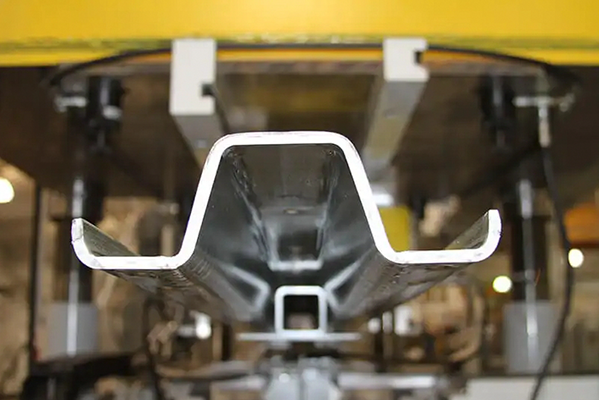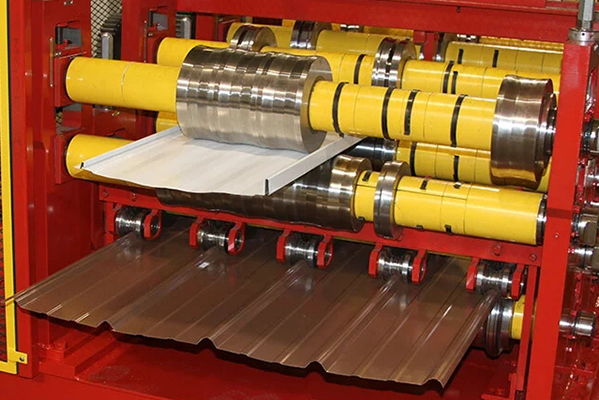Navigation Menu
Contact Us
- Email:
- info@wxavatar.com
- Address:
- Yurong Village, Yuqi Street, Huishan District, Wuxi, China.
Release Date:Jun 18, 2025 Visit:42 Source:Roll Forming Machine Factory
The landscape of metal building and roofing is continuously being reshaped by advancements in technology and methodology. Manufacturers of the equipment central to this sector are not merely keeping pace; they are actively driving innovation, pushing boundaries to deliver more efficient, precise, and versatile tools for construction professionals. This dedication to progress is evident across several key areas.

Integrating Advanced Digital Technologies
A significant leap in equipment innovation comes from the integration of advanced digital technologies. Manufacturers are leveraging sophisticated software for design and fabrication. Computer-Aided Design (CAD) and Computer-Aided Manufacturing (CAM) systems are becoming more powerful, enabling greater precision in cutting, forming, and shaping metal components. This digital backbone extends to the factory floor, where Computer Numerical Control (CNC) machines operate with remarkable accuracy and repeatability, minimizing material waste and maximizing output.
Beyond design and production, digital tools are finding their way into project management and on-site operations. We're seeing more equipment with integrated sensors and Internet of Things (IoT) capabilities, allowing for real-time monitoring of performance, predictive maintenance, and streamlined data collection. This data-driven approach helps optimize workflows and identify potential issues before they escalate.
Automation and Robotics for Enhanced Efficiency
The push for automation and robotics is revolutionizing how metal building and roofing components are handled and installed. Repetitive and physically demanding tasks are increasingly being taken over by automated systems and robotic arms. This not only significantly boosts efficiency and speed but also enhances safety by reducing human exposure to hazardous conditions. From automated rollforming lines that produce panels with consistent quality to robotic systems for specific installation tasks, these innovations are transforming job sites into more controlled and productive environments.
Developing Highly Versatile Machinery
Another key area of innovation focuses on creating highly versatile machinery. Construction projects often present unique challenges, requiring equipment that can adapt to different materials, dimensions, and profiles. Manufacturers are responding by designing machines that offer greater flexibility. This includes rollformers capable of handling a wider range of material thicknesses and panel designs, as well as bending and cutting equipment that can be quickly reconfigured for diverse project specifications. This adaptability allows contractors to maximize their equipment investment and take on a broader array of work.
Enhancing Precision and Material Utilization
The pursuit of enhanced precision and optimized material utilization is a continuous driver of innovation. Modern equipment incorporates advanced measuring systems and control mechanisms to ensure that every cut and bend is executed with pinpoint accuracy. This precision directly translates to less material waste, lower project costs, and a higher quality finished product. Innovations in cutting technologies, such as advanced laser and plasma cutting systems, enable intricate designs and efficient material usage, further contributing to overall project value.

By embracing these technological advancements and focusing on the practical needs of the construction industry, manufacturers are not just building machines; they're crafting sophisticated solutions that empower contractors to build better, faster, and with greater consistency. The ongoing innovation in metal building and roofing equipment reflects a commitment to supporting the dynamic and evolving demands of modern construction.